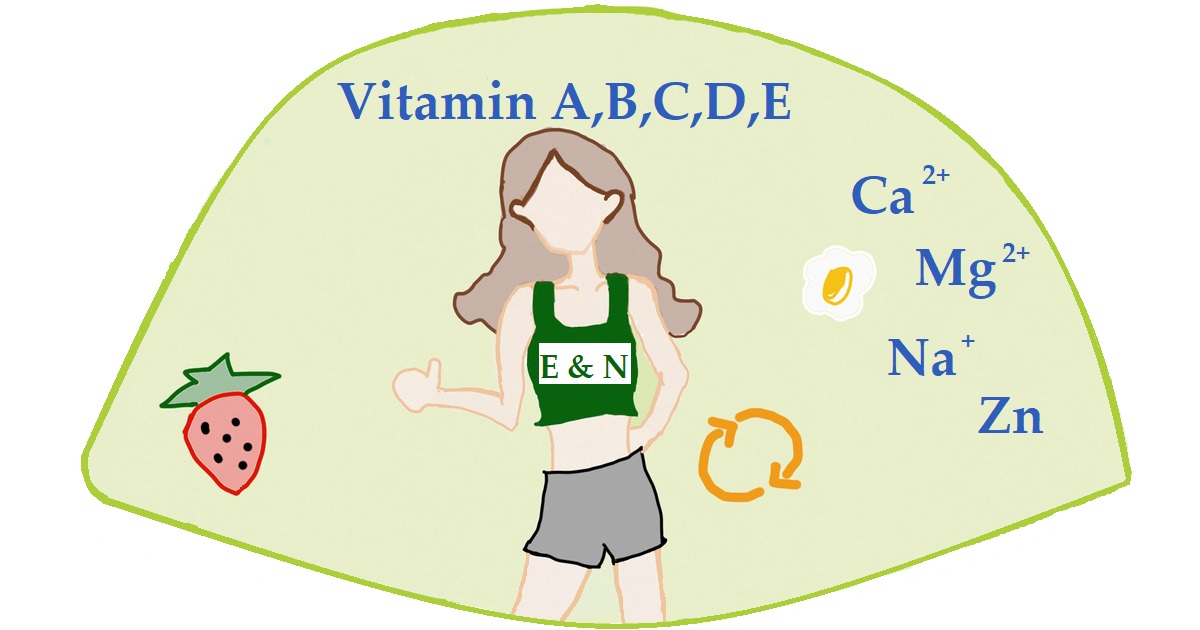Epigenetics and Nutritional Epidemiology of Metabolic Diseases
A special issue of Nutrients (ISSN 2072-6643). This special issue belongs to the section "Nutrition and Metabolism".
Deadline for manuscript submissions: closed (15 August 2023) | Viewed by 23420

Special Issue Editor
Special Issue Information
Dear Colleagues,
Globally, the prevalence of metabolic diseases is very high, causing a great disease burden for individuals. An underlying mechanism of metabolic diseases may be chronic inflammation, which is closely related to dietary intake. However, there is a lack of extensive research on the relationship between metabolic diseases and nutritional epidemiology. With the rapid development of epigenetics and metabolic health in recent years, the complex interactions between epigenome and metabolic diseases need to be further explored. By focusing on the epigenetics and nutritional epidemiology of metabolic diseases, the journal aims to provide a theoretical basis for the prevention of metabolic diseases and contribute to the development of public health.
Prof. Dr. Bo Li
Guest Editor
Manuscript Submission Information
Manuscripts should be submitted online at www.mdpi.com by registering and logging in to this website. Once you are registered, click here to go to the submission form. Manuscripts can be submitted until the deadline. All submissions that pass pre-check are peer-reviewed. Accepted papers will be published continuously in the journal (as soon as accepted) and will be listed together on the special issue website. Research articles, review articles as well as short communications are invited. For planned papers, a title and short abstract (about 100 words) can be sent to the Editorial Office for announcement on this website.
Submitted manuscripts should not have been published previously, nor be under consideration for publication elsewhere (except conference proceedings papers). All manuscripts are thoroughly refereed through a single-blind peer-review process. A guide for authors and other relevant information for submission of manuscripts is available on the Instructions for Authors page. Nutrients is an international peer-reviewed open access semimonthly journal published by MDPI.
Please visit the Instructions for Authors page before submitting a manuscript. The Article Processing Charge (APC) for publication in this open access journal is 2900 CHF (Swiss Francs). Submitted papers should be well formatted and use good English. Authors may use MDPI's English editing service prior to publication or during author revisions.
Keywords
- epigenetics
- nutritional epidemiology
- metabolic diseases
- public health






